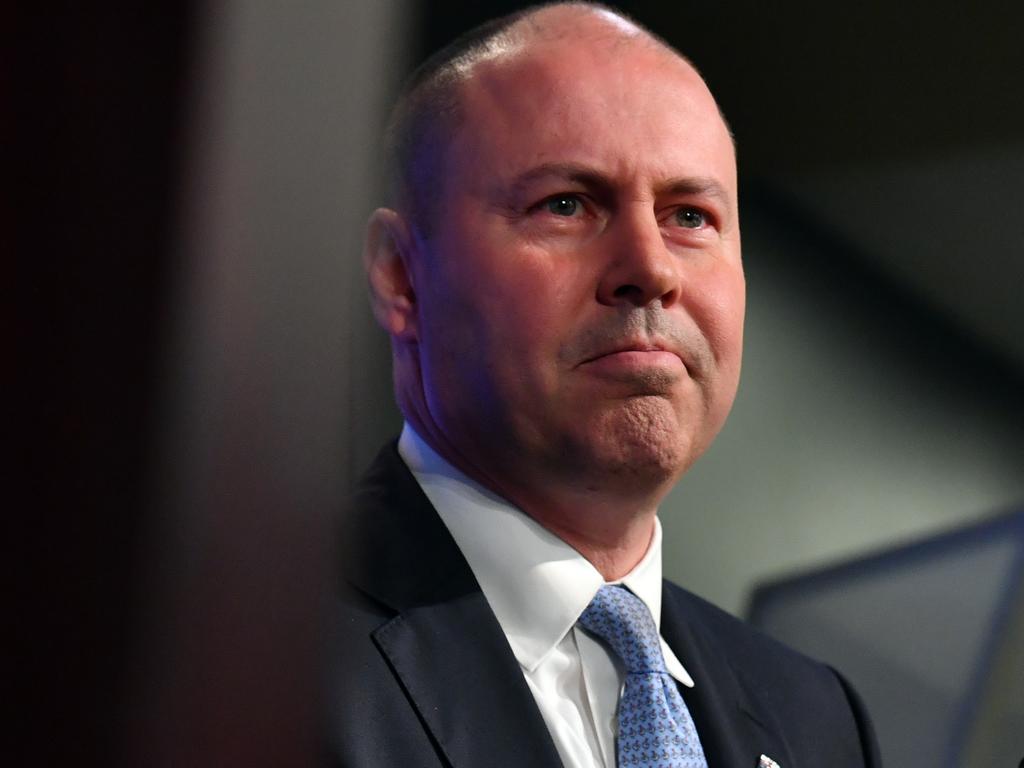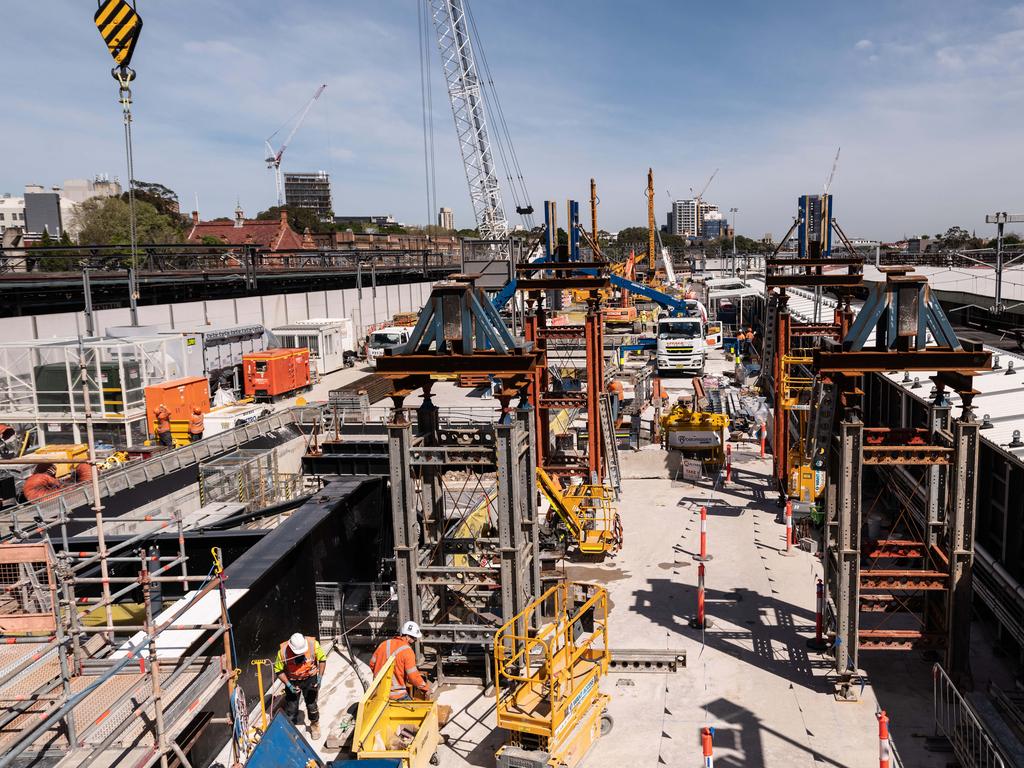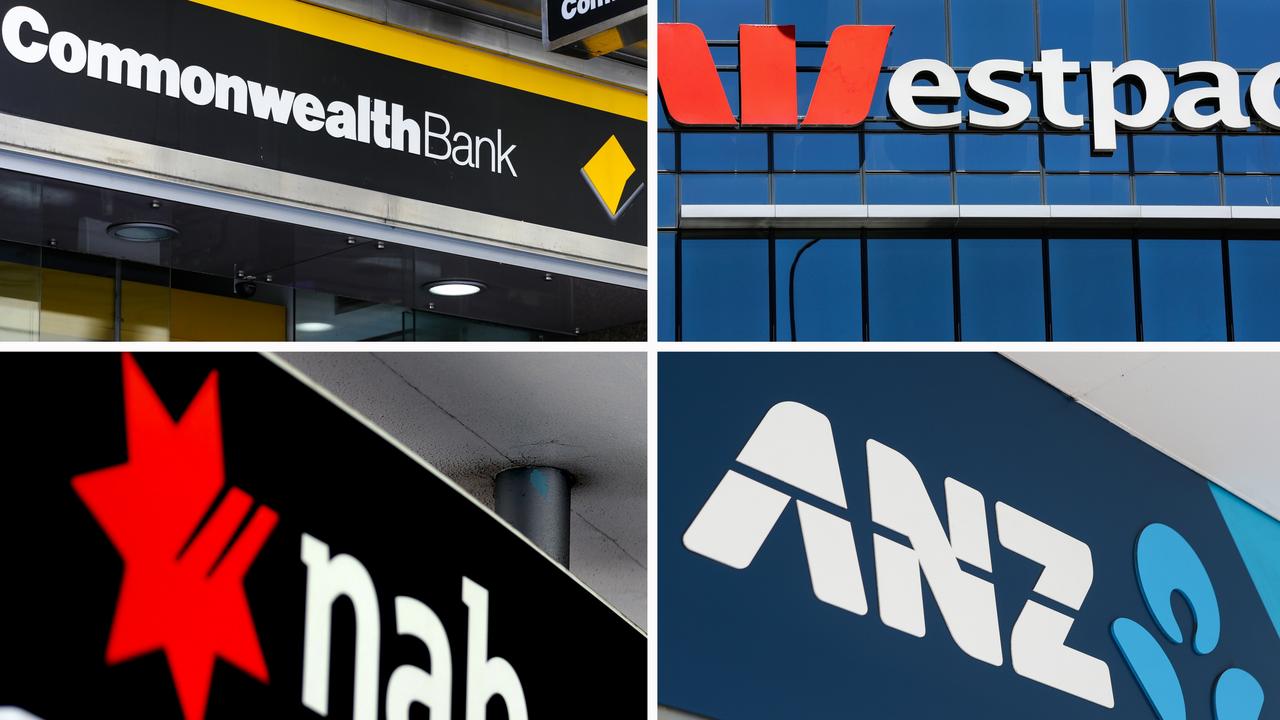JobMaker, JobTrainer: How the 2020 Budget affects job seekers
The message from this week’s Federal Budget was clear: the government wants to get Aussies back to work. Here’s how they plan on doing it.

When Treasurer Josh Frydenberg delivered the 2020-21 Federal Budget on Tuesday night, he made it clear that getting Australians back to work would be a key focus for our economic recovery.
Along with large-scale government investment into the construction, health, agriculture, manufacturing and resources sector plus wage subsidies for trainees and apprenticeships, Mr Frydenberg also introduced two all important JobTrainer and JobMaker Hiring Credit schemes.
Looking at the new schemes and funding introduced on Tuesday night, Managing Director of staffing and recruitment agency Adecco Australia, Kelly Van Nelson welcomed the changes.
“It’s the first time Australia has been in recession in 30 years and when you combine the current high unemployment rates, it was absolutely essential the 2020-21 budget addressed the creation and protection of jobs,” she told news.com.au.
“I think some of the new investments from government absolutely put the focus on increasing the number of jobs in the coming years.”
If you are looking for work or even contemplating a career change, here’s how the 2020-21 Federal Budget will impact you.

WHAT IS JOB MAKER AND JOBTRAINER?
They were two of the biggest job-related talking points when it came to this year’s budget and this is what you need to know about the JobMaker Hiring Credit and JobTrainer initiatives. Looking at the new schemes, Ms Van Nelson said they will help boost the skills of Aussie workers and help employees gain more confidence in the changing jobs market, especially for younger Aussies.
“It gives young people confidence that they have a career path and they have a future of work ahead of them and it will help the youths of today upskill in the areas needed in this new world of work,” she said.
JobMaker Hiring Credit
Aimed to incentivise employers to hire people between 16 and 35 (who were one of the hardest hit groups due to the pandemic), the $4 billion JobMaker Hiring Credit looks to reduce the amount of unemployed and welfare-reliant young Australians. Under the scheme employers will receive $200 a week if they hire an eligible young person aged 16 to 29 years or $100 if they hire someone aged 30 to 35. The payments will be given up to a period of 12 months and the scheme is expected to support around 450,000 positions.
The JobMaker Hiring Credit is part of the government’s larger $74 billion JobMaker Plan. This sizeable investment in getting Australians back to work also includes lowering personal income taxes, extending the instant asset write-off threshold for business and the $1.2 billion Boosting Apprenticeships Wage Subsidy package which allows businesses to qualify for a 50 per cent wage subsidy if they hire a new apprentice or trainee.

JobTrainer
Also part of the JobMaker plan, Mr Frydenberg announced a $1 billion JobTrainer Fund. The initiative allows Australians to access up to 340,700 additional free or low-fee training places in order to retrain or upskill in sectors with increased job opportunities.
While separate from the JobTrainer scheme, the government is also investing $252 million in the next two years to support the delivery of 50,000 higher education short courses in areas including teaching, health, information technology, science and agriculture.
THE INDUSTRIES SET TO TAKE ADVANTAGE
The JobMaker Plan also saw the government invest an additional $14 billion in new and accelerated infrastructure projects across Australia, as well as investments in new energy technologies, manufacturing, health, education, science, defence and research.
They’ve also pledged an additional $1.5 million in manufacturing which includes six priority areas including food and drink, medical products, recycling and clean energy, mining, defence and space. The majority of funds will be available as grants to turn ideas into products or aid supply chain integration.
The construction and trades sector has also been given a boost through the First Home Loan Deposit Scheme, which will be extended to another 10,000 applicants. The increase in residential construction will help support tradies including builders, electricians, plumbers, painters and more.

Funding was also allocated to women in leadership, Science, Technology, Engineering and Maths (STEM) plus entrepreneurial fields. Just under $40 million will go towards encouraging women to work in STEM including a $25.1 million cadetship program to help women already in the field complete an advanced diploma. An additional $14.5 million over four years will also go towards increasing female participation in STEM sectors.
The government has also pledged $47.9 million over four years for grants across the Women’s Leadership and Development Program and $35.9 million over five years to support 282 women-founded start-ups and 4300 mentoring engagements for female entrepreneurs, as part of the Boosting Female Founders initiative.
HOW CAN JOB SEEKERS TAKE ADVANTAGE?
While Ms Van Nelson said employers “will be doing everything possible to help job seekers at the moment,” she asked prospective employees to approach the job market with an open mindset.
“For me it’s about soft skills, agility and having the right mindset to embrace new learnings,” she said.
“The important message is to leverage job opportunities, be open to looking at new areas of work and potentially moving industries because jobs of the future aren’t necessarily going to be the same as today.”
This article was created in partnership with SEEK.



